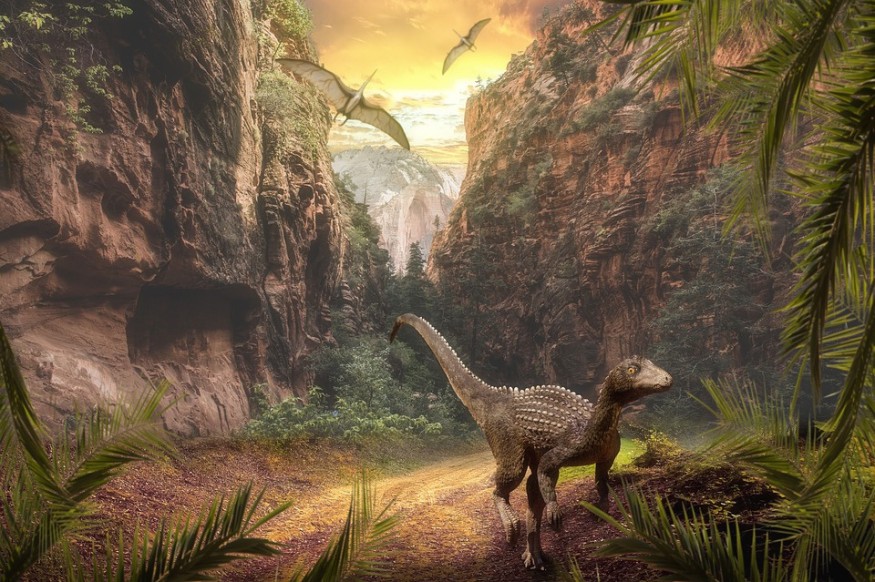
In the early 1990s, a huge crater was discovered off Mexico's Yucatan Peninsula. Scientists have believed that an asteroid slammed into Earth 66 million years ago and killed off the dinosaurs and most life on the planet.
The dinosaurs ruled the Earth for about 180 million years, while the asteroid smashed into the Earth around 66 million years ago. The asteroid crash-landed near Mexico, shaking the ground and making big waves in the sea.
According to scientists, this giant meteorite could have landed with an impact that kicked up enough dust and debris to block out sunlight for a long time - leading to a deadly chain of events. This phenomenon changed the climatic conditions so dramatically that dinosaurs could not survive.
Investigators have finally reached the "footprint" left by the accused which marks Earth's most notorious space rock impact.
Iridium is an element that is extremely rare on our planet's surface but does exist in Earth's liquid core and space rocks like asteroids. There lies a thin iridium layer in what geologists call the K-T Boundary or the point in the geologic record where they see evidence of the dinosaurs' mass extinction.
The die-off of the dinosaurs and other species that took place is called the Cretaceous-Tertiary extinction event, or the K-T event.
Scientists Luis and Walter Alvarez discovered in the geological record a distinct layer of iridium that corresponds to the precise time the dinosaurs died.
Among those that went extinct are marine reptiles such as the mosasaurs, ichthyosaurs, and plesiosaurs, as well as all the flying reptiles known as pterosaurs. The mass extinction event claimed three-quarters of life on Earth.
An enormous crater in the Yucatan Peninsula in Mexico might have been in just the right spot to cause maximum destruction, as the rocks in this area may have been particularly rich in carbon dioxide and sulfur or hydrocarbons, all of which could have been released into the air upon impact and contributed to the rapid shift in the climate.
This was the massive Chicxulub Crater at the tip of Mexico's Yucatán Peninsula.
These were found in the ancient layers: soot that implied widespread wildfires; shocked quartz, rock that looks like a massive shockwave that rearranged its crystals; and glass-like spheres that looked like cooled molten rock.
Many paleontologists have questioned the widely held "sudden-death by asteroid" theory.
Before the landing of the asteroid, many volcanoes were erupting in what we now call India. This is another theory wherein ash and gas spewing from volcanoes suffocated many of the dinosaurs. Scientists believed that massive volcanic eruptions, which may have released climate-changing gases in the Spain-sized region known as the Deccan Traps, played a significant role. Other theories suggest that diseases wiped out entire populations of dinosaurs or food chain imbalances lead to the starvation of the dinosaurs.
Paleontologists are still pondering on whether the mass extinction was because of the asteroid, or the volcanoes, or both the asteroid and volcanoes.
RELATED ARTICLE: Ancient Rats May Have Eaten Dinosaurs, Scientists Say
© 2025 NatureWorldNews.com All rights reserved. Do not reproduce without permission.





